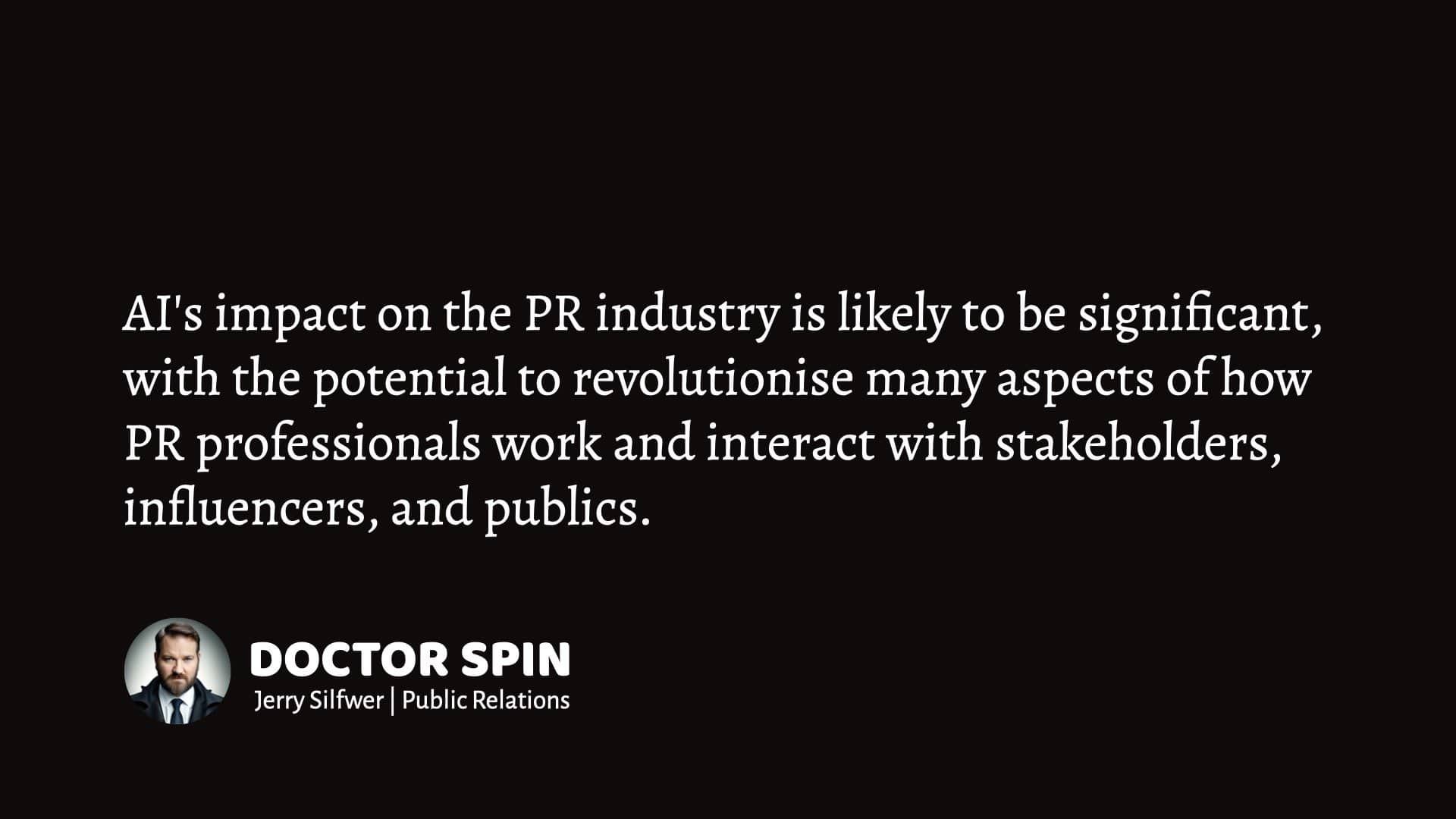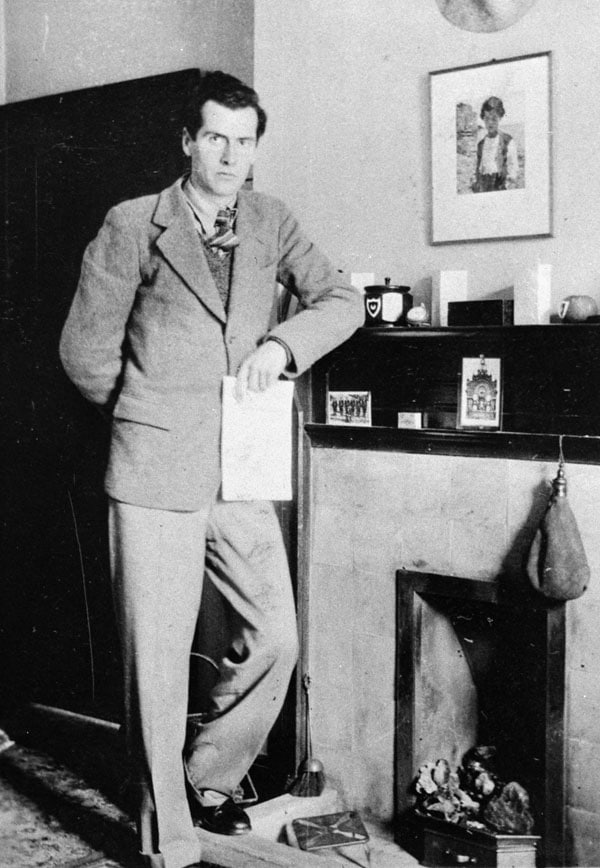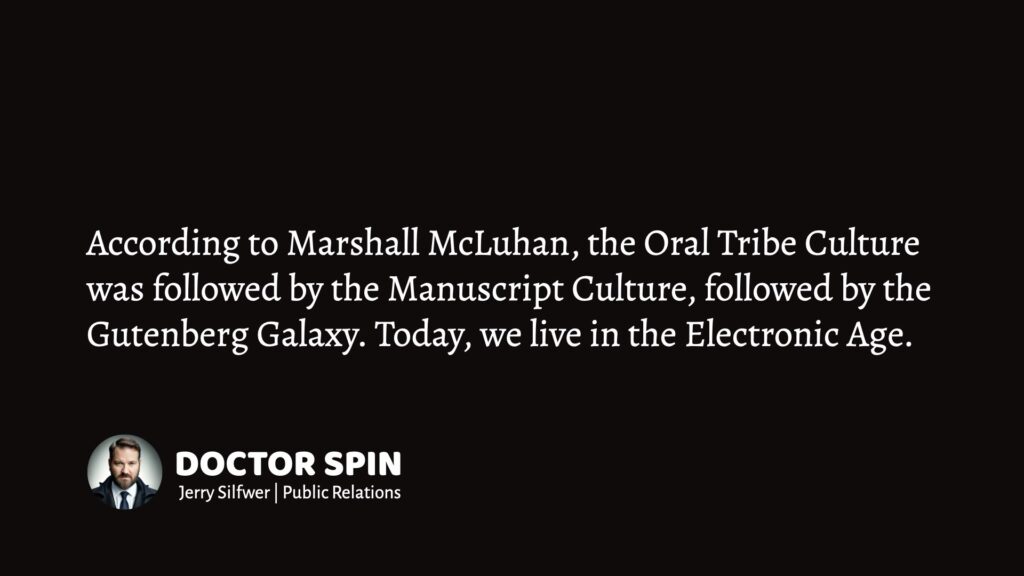Will AI replace your PR department?
Well, not anytime soon — especially if it will require the singularity.
But must AI become that sophisticated to begin replacing PR departments? A
AI is rapidly evolving, and with Google’s deep-learning GPT‑3 (generative pre-trained transformer) and AI image-generating tools like Midjourney, AI is already hard at work writing texts and producing images.
Still, mastering the human language and passing the Turing test is a tall order.
Here’s why:
Why Human Language is Unique
Most animals have some capacity for communication.
For animals with a higher degree of sentience, communication can be connected to external conceptualisations; a tribe of monkeys could have a distinct and distinguishable sound for “danger approaching”, for instance. 1Early human languages were probably advanced forms of semiotics where the sounds themselves signify abstract meanings.
However, about 75,000 years ago, humans surpassed this level in a relatively short evolutionary time span.
We moved on from audible communication to using human language, a skill that differentiates us from all other life forms on our planet.
In this in-depth conversation, the linguist Noam Chomsky explains why language is unique to humans:
The Mystery of Human Language
Understanding the vast difference between a monkey’s use of distinct sounds and human language is important. Or, more accurately — how little we understand about this difference.
We don’t know how or why we developed our skills for human language so quickly.
We don’t know how and why it became so prevalent in presumably all hominids at the time.
We don’t know how the skill of human language evolved — only that it did.
And it doesn’t seem likely that language skill was selected over enough generations to produce such a fast biological result. There are other complex and fascinating products of evolution, like the eye.
But in nature, eyes have been around millions of years and have developed into thousands and thousands of different varieties.
We’re stuck with a scientific sample size of one; humans.
Neoteny: Apes with Juvenile Features
One interesting theory suggests a mutation in which a specific breed of hominids, our early ape-like ancestors, suffered from a development malfunction in which the infant hominid brain kept developing.
According to the theory, human beings are overgrown “ape children.” This would partially explain our more juvenile features (“neoteny”), the lack of fur, and our weaker bodies.
More importantly, the theory could explain why our brain suddenly grew many magnitudes of its prior capacity:
“For decades scientists have noted that mature humans physically resemble immature chimps — we, too, have small jaws, flat faces and sparse body hair. The retention of juvenile features, called neoteny in evolutionary biology, is especially apparent in domesticated animals — thanks to human preferences, many dog breeds have puppy features such as floppy ears, short snouts and large eyes. Now genetic evidence suggests that neoteny could help explain why humans are so radically different from chimpanzees, even though both species share most of the same genes and split apart only about six million years ago, a short time in evolutionary terms.”
Mapping the Brain: 200 – 500 Years Away
A popular expression states that we know more about the surface of the moon than we know of the floor of the sea.
Well, we’re closer to knowing what’s going on in our oceans than mapping out a cluster of biological neurons to understand how they produce consciousness — and human language.
It’s difficult to scientifically test how human language is affecting our brains. It’s possible that inner dialogue (internal language use) is closely connected to complex phenomena like consciousness.
Decoding the human brain is necessary to create an AI capable of replacing human language.
The famous Turing test is a sentiment to this effect:
Are we able to produce a talking machine able to trick a human being? Despite it being a challenge, such a task is minuscule compared to the challenge of constructing a machine that uses language the way we humans started using it about 75,000 years ago.
We have mapped out the human genome, but we’re still far from figuring out how it all works. Even at exponential growth, we might be at least 200 – 500 years away from being able to map out (and understand) the neural workings of a human brain.
A competing hypothesis is that humanity will venture far into transhumanism (humans augmented through technology), a cybernetic renaissance, long before we can successfully decode human language through AI.
It’s likely that we will fuse humans and machines and create a human API long before we can pass the Turing test.
The Singularity: 2062 ± 8 years
So, will AI replace your PR department anytime soon?
The answer seems to be a definite “no” if we by AI mean achieving mastering human communication. Such AI capabilities might require a technological singularity—which comes with its own disturbing challenges (where keeping our jobs is not one of them).
It also depends on what we mean by “soon.”
Futurist Ray Kurzweil has famously predicted that the singularity will occur in 2045, and others have argued statistically that this might be “optimistic” and that it should occur in 2060 – 65 ± 10 years (later specified to 2062 ± 8 years).
However, this is where we lose full control over technological advancements in a way that prohibits us from ever going back, which is not to guarantee sentient computers able to communicate successfully with humans.
ANI vs AGI
The challenges of mastering language run deep within the AI community, surely. But if you think that AI won’t transform the PR industry, you’d be mistaken.
There’s a vast difference between the AI singularity (which is the one the public typically fear) or AGI (artificial general intelligence) and ANI (artificial narrow intelligence).
Eleonora Terzi, whose dissertation in MA, Public Relations, Advertising and Applied Communication is focused on AI in PR, writes:
“… we are currently living in the age of Artificial Narrow Intelligence (ANI): all the tools and instruments that have been successfully developed so far belong to a stage of weak AI. AI that matches human capabilities — or even surpasses them — is a long way from us, and it is pure speculation so far. Nonetheless, even at this stage, AI has already started making its impact on a lot of industries — such as financial services, law, healthcare — and PR is no exception. Two years ago, the CIPR’s Humans Still Needed study found that 12% of a PR practitioner’s total skills (out of 52 skills) could be complemented or replaced by AI today, with a prediction that this could climb to 38% within five years.”
And Jean Valin Hon FCIPR, Principal of Valin Strategic Communications, writes:
“AI is about to massively change our lives. The public relations profession needs to keep up. We need more experience with these tools and more critical reviews to learn how best to use them and their limitations. Regardless of the tasks and skills that can be automated or benefit from AI, human intervention, editing, sensitivity, emotional intelligence, applying good judgement and ethics will always be needed.”
For the next 20 years, the main technological drivers impacting your PR departments will be a combination of several impactful AI trends:
In summary: It’s not that your communication department will be replaced by ANI per se, but that fewer communicators will be needed to perform complex tasks efficiently.
Kerry Sheehan, chair of the AIinPR Panel, writes:
“Be it through improved automation and AI-enabled tools for many areas including, media monitoring, social mapping and listening, stakeholder management, programme and project management, automated content for a range of internal and external purposes, including moving business, organisations and brands towards more owned content and becoming their own news publishers, or virtual, conversational assistants, chatbots or curators. […] It goes without saying where the media goes, PR must keep up.”

THANKS FOR READING.
Need PR help? Hire me here.

PR Resource: How AI Will Impact PR
PR Beyond AI
Whenever I’m asked what I do for a living, I reply, “I help organisations to communicate better.” That, to me, has always felt like an accurate and meaningful answer.
But progress is unavoidable.
As the AI Revolution makes its presence felt, I think about what ‘communicating better’ will mean as we move forward.
I’m wondering:
Replacing Humans — A Good or Bad Idea?
During the Industrial Revolution, society underwent three distinct phases:
Based on the three phases of the Industrial Revolution, we can see that whatever comes afterwards is a natural outcome of the industrialisation process.
The result wasn’t terrible. The AI Revolution may lead to similar outcomes.
How AI Will Impact PR (Probably)
Overall, AI’s impact on the PR industry is likely to be significant, with the potential to revolutionise many aspects of how PR professionals work and interact with stakeholders, influencers, and publics.

There are several ways in which artificial intelligence (AI) is likely to impact the public relations (PR) industry.
Here are a few examples:
More IT = We Need More (Not Less) PR Skills
Historically, societal progress has often meant that humans have been freed to think, communicate, and create. And it’s usually in these rare and inspired times of enlightenment that we take great strides towards discovering meaning, creating art, and understanding the universe.
For better or worse, public relations is a lubricant for the interface between the industrial systems and real people engaged in producing and consuming.
This is how PR professionals have found their role in the greater scheme of societal development.
This is likely how we’ll find our footing beyond AI, too.
In a post-AI society, human-to-human communication skills will likely be as valued as they are today. Perhaps even more.
Read also: PR Beyond AI
PR Resource: The Electronic Age
Enter: The Electronic Age
Human culture is often described based on our access to production technologies (e.g., the Stone Age, the Bronze Age, and the Iron Age).
According to Marshall McLuhan and the Toronto School of Communication Theory, a better analysis would be to view societal development based on the prominence of emerging communications technologies.

McLuhan’s Four Epochs
McLuhan suggests dividing human civilisation into four epochs:
“The Gutenberg Galaxy is a landmark book that introduced the concept of the global village and established Marshall McLuhan as the original ‘media guru’, with more than 200,000 copies in print.”
Source: Modern Language Review 3McLuhan, M. (1963). The Gutenberg galaxy: the making of typographic man. Modern Language Review, 58, 542. https://doi.org/10.2307/3719923

As a PR professional and linguist, I subscribe to the concept of the Electronic Age. I firmly believe society is unlikely to revert to the Gutenberg Galaxy.
Like the rest of society, the PR industry must commit to digital-first, too. Mark my words: It’s all-in or bust.
Read also: The Electronic Age and the End of the Gutenberg Galaxy
Annotations
| 1 | Early human languages were probably advanced forms of semiotics where the sounds themselves signify abstract meanings. |
|---|---|
| 2 | Silfwer, J. (2023, March 20). The AI Content Explosion. Doctor Spin | The PR Blog. https://doctorspin.net/ai-content-explosion/ |
| 3 | McLuhan, M. (1963). The Gutenberg galaxy: the making of typographic man. Modern Language Review, 58, 542. https://doi.org/10.2307/3719923 |


